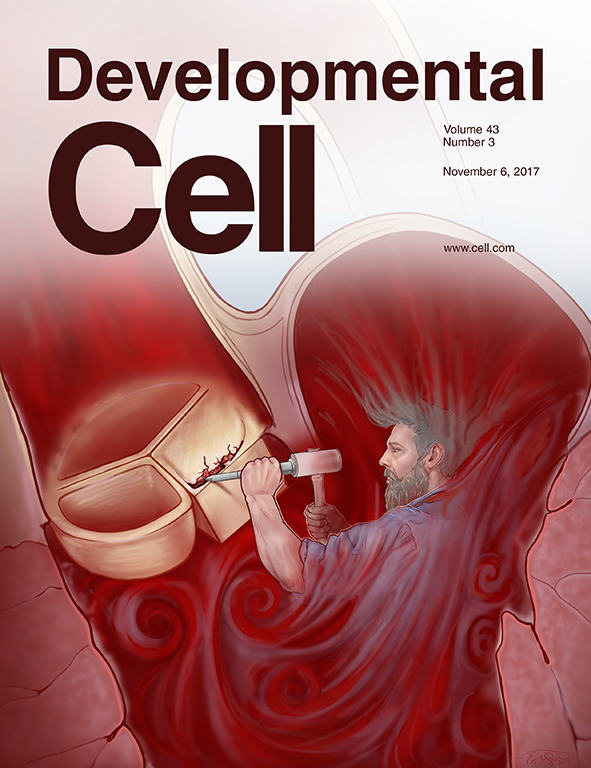Cardiovascular Development and Disease
Fluid forces and ligand-receptor interactions regulate the development of the heart, blood, and lymphatic vessels and its function after development.
We have studied the role of flow-responsive signals KLF2 and KLF4 in heart development (Dev Cell 2015 and 2017) in addition to the secreted ligands ADAMTS3 and CCBE1 in VEGF-C/VEGFR3 signaling (Blood 2013) during lymphatic development and hematopoiesis. Recent work aims to integrate the role of blood flow and KLF2/4 in postnatal heart disease and the role of VEGF-C/VEGFR3 signaling in the growth of other vascular beds in the context of developmental hematopoiesis.
Collaborating Labs
- Nancy Speck (University of Pennsylvania)
- Kai Tan (University of Pennsylvania)
- Dietmar Vestweber (Max Planck Institute for Molecular Biomedicine)
- Joshua Scallan (University of South Florida)
See the below recent publications related to this project:
Sinusoidal and lymphatic vessel growth is controlled by reciprocal VEGF-C-CDH5 inhibition
Sung et al. 2022, Nature Cardiovascular Research. https://www.nature.com/articles/s44161-022-00147-0
Hemodynamic Forces Sculpt Developing Heart Valves through a KLF2-WNT9B Paracrine Signaling Axis
Goddard et al. Developmental Cell, 2017. https://doi.org/10.1016/j.devcel.2017.09.023

The cerebral cavernous malformation pathway controls cardiac development via regulation of endocardial MEKK3 signaling and KLF expression
Zhou et al. Developmental Cell, 2015. https://doi.org/10.1016/j.devcel.2014.12.009
The secreted lymphangiogenic factor CCBE1 is essential for fetal liver erythropoiesis
Zou et al. Blood, 2013. https://doi.org/10.1182/blood-2012-10-462689
Regulation of cardiovascular development and integrity by the heart of glass-cerebral cavernous malformation protein pathway
Kleaveland et al. Nature Genetics, 2009. https://www.nature.com/articles/nm.1918

